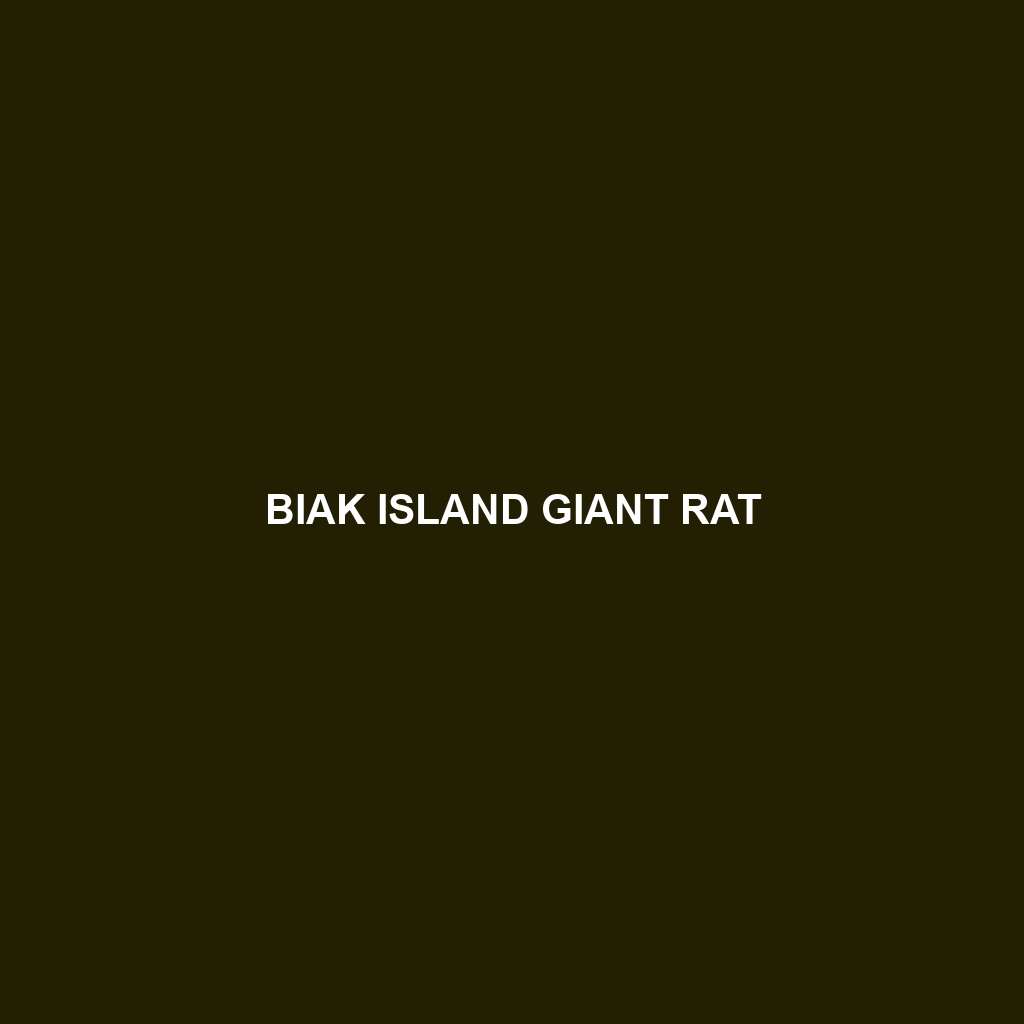North Serbian Blind Mole-rat
Common Name: North Serbian Blind Mole-rat
Scientific Name:
Habitat
The North Serbian Blind Mole-rat is primarily found in the temperate regions of Serbia, specifically in well-drained sandy soils and grasslands. This subterranean species typically inhabits areas with loose, moist soil that allows for easy burrowing, as well as regions rich in vegetation, where it can find adequate food sources.
Physical Characteristics
This species is characterized by its cylindrical body, measuring approximately 15-25 cm in length. The North Serbian Blind Mole-rat is distinguished by its pale yellowish-brown fur, which ranges from sandy to darker shades. Its eyes are tiny and covered with skin, indicative of its underground lifestyle, while its large, protruding incisors are adapted for digging.
Behavior
The North Serbian Blind Mole-rat is predominantly a solitary creature that exhibits a range of fascinating behaviors. Most of its life is spent burrowing underground, where it creates extensive tunnel systems. It is mostly active during the night (nocturnal) and prefers to stay hidden from predators. Social communication occurs through various vocalizations, vibrations, and scent markings.
Diet
As a herbivore, the North Serbian Blind Mole-rat primarily feeds on roots, tubers, and various underground plant parts. Its diet is crucial for maintaining the balance in its ecosystem as it indirectly supports plant diversity by dispersing seeds through its foraging activities.
Reproduction
The North Serbian Blind Mole-rat breeds once a year, with the breeding season occurring in the spring months. After a gestation period of about 3-4 weeks, females typically give birth to 2-5 offspring. The young mole-rats are weaned after a month and usually remain with the mother for a short period before becoming independent.
Conservation Status
Currently, the North Serbian Blind Mole-rat is classified as vulnerable due to habitat destruction and agricultural expansion. Conservation efforts are essential to protect its dwindling populations and the specific environments they require.
Interesting Facts
One fascinating aspect of the North Serbian Blind Mole-rat is its remarkable ability to withstand low oxygen levels in its burrow systems. Furthermore, these creatures have a unique adaptation that allows them to sense vibrations in the ground, aiding them in detecting predators and locating food sources.
Role in Ecosystem
The North Serbian Blind Mole-rat plays a crucial role in its ecosystem by aerating the soil through its burrowing activities, which enhances soil fertility. Additionally, it serves as prey for larger animals, contributing to the food chain and supporting overall biodiversity in its habitat.
This HTML-formatted description is designed to provide comprehensive information about the North Serbian Blind Mole-rat, making it accessible for a broader audience while being optimized for search engines through the strategic use of keywords.
